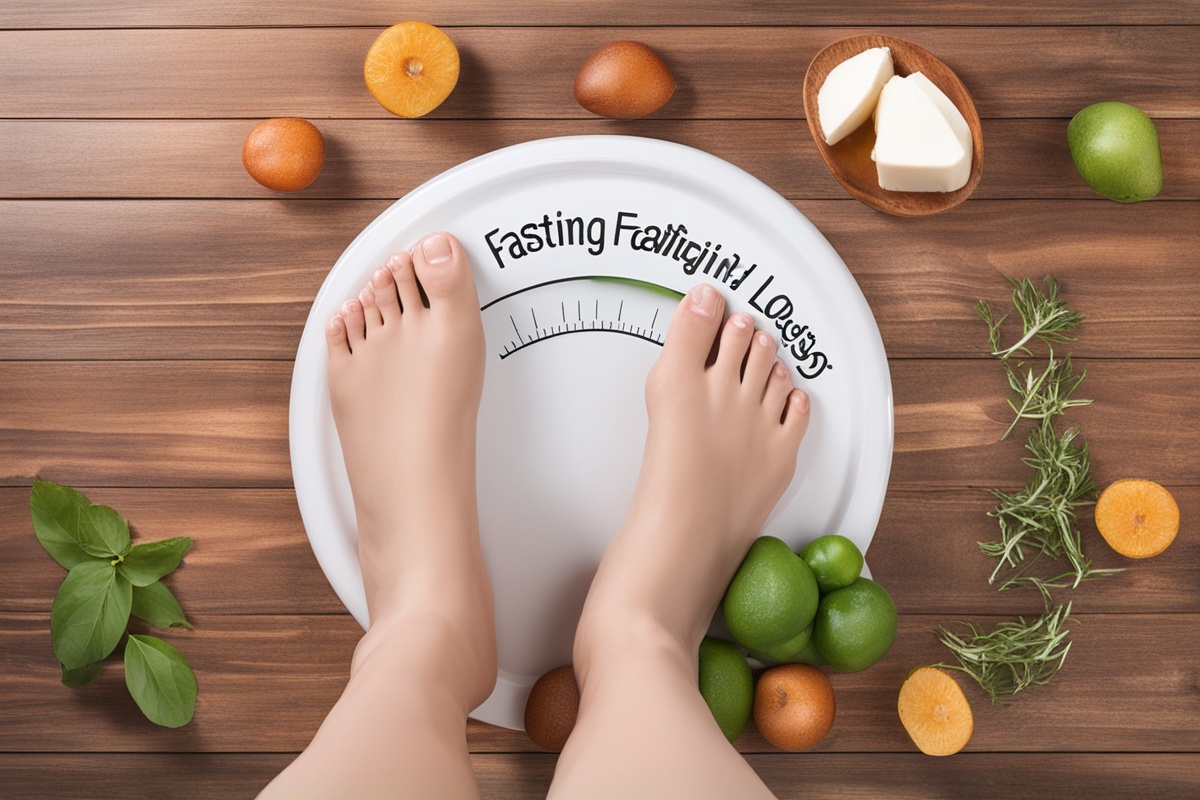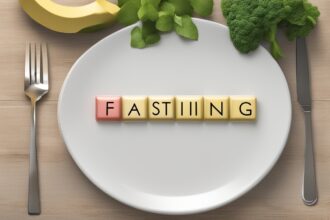Are you tired of fad diets that promise quick results but leave you feeling deprived and frustrated? If so, fasting weight loss might just be the game-changer you’ve been searching for. Unlike restrictive diets, fasting focuses on when you eat rather than what you eat, making it a flexible and sustainable approach to losing weight. Whether you’re new to the concept or looking to deepen your understanding, this guide will walk you through the science, benefits, and practical tips for incorporating fasting into your lifestyle. Let’s dive into how intermittent fasting for weight loss can transform your health and help you achieve your goals.
What Is fasting Weight Loss and How Does It Work?
Fasting weight loss refers to the practice of cycling between periods of eating and abstaining from food to promote fat loss and improve overall health. The most popular form, intermittent fasting (IF), involves specific time windows for eating and fasting. For example, the 16/8 method requires fasting for 16 hours and eating during an 8-hour window. But how does this lead to weight loss? When you fast, your body depletes its glycogen stores and switches to burning stored fat for energy—a process called ketosis. Studies have shown that fasting can reduce insulin levels, boost metabolism, and enhance fat-burning hormones like norepinephrine. This natural metabolic shift makes fasting for fat loss an effective strategy for shedding pounds without cutting calories drastically.
The Science Behind Fasting and Weight Loss
The effectiveness of fasting weight loss isn’t just anecdotal; it’s backed by science. Research published in journals like the New England Journal of Medicine highlights that intermittent fasting can improve insulin sensitivity, which helps regulate blood sugar and prevents fat storage. Additionally, fasting triggers autophagy, a cellular repair process that may reduce inflammation and support long-term health. A 2020 study found that participants following an intermittent fasting plan lost an average of 3–8% of their body weight over 8 weeks. Beyond weight loss, fasting also lowers the risk of chronic conditions like type 2 diabetes and heart disease, making it a holistic approach to wellness. By understanding the science of intermittent fasting weight loss, you can feel confident that this method isn’t just a trend—it’s a lifestyle shift with real results.
Benefits of Fasting Beyond Weight Loss
While shedding pounds is a major draw, fasting offers a host of other benefits that enhance your overall well-being. Here are some key advantages that go hand-in-hand with fasting weight loss:
- Improved Mental Clarity: Many fasters report sharper focus and better cognitive function due to reduced insulin spikes and increased ketone production.
- Enhanced Energy Levels: By stabilizing blood sugar, fasting can prevent energy crashes often associated with frequent eating.
- Better Digestive Health: Giving your gut a break during fasting periods can reduce bloating and improve digestion.
- Reduced Cravings: Fasting helps regulate hunger hormones like ghrelin, making it easier to resist unhealthy snacks.
These perks show that fasting isn’t just about weight loss through fasting; it’s about creating a healthier, more balanced version of yourself.
How to Start Your Fasting Weight Loss Journey
Ready to try fasting for weight loss? Starting can feel intimidating, but with the right approach, it’s surprisingly simple. First, choose a fasting method that suits your lifestyle. Beginners often start with the 16/8 plan, as it’s easy to fit into daily routines—think skipping breakfast and eating between noon and 8 PM. Alternatively, the 5:2 method involves eating normally for five days and restricting calories to 500–600 on two non-consecutive days. Whatever you choose, ease into it. Start with shorter fasting windows and gradually increase them as your body adjusts. Hydration is crucial, so drink plenty of water, herbal tea, or black coffee during fasting periods to curb hunger. Remember, consistency is key to seeing results with fasting diets for weight loss.
Practical Tips for Successful Fasting Weight Loss
To make the most of your fasting journey, a little preparation goes a long way. Here are some actionable tips to help you stay on track and maximize your fasting weight loss results:
- Plan Your Meals: Focus on nutrient-dense foods like lean proteins, healthy fats, and fiber-rich veggies during eating windows to stay full longer.
- Listen to Your Body: If you feel dizzy or overly fatigued, break your fast with a small, balanced meal and adjust your schedule.
- Stay Busy: Distract yourself during fasting hours with work, hobbies, or light exercise to avoid fixating on hunger.
- Track Progress: Use a journal or app to monitor your fasting times, weight, and how you feel to stay motivated.
- Avoid Overeating: Breaking a fast with a huge meal can undo your efforts, so start with small portions and eat mindfully.
By following these strategies, you’ll find that fasting for fat loss becomes a natural part of your routine rather than a struggle.
Common Myths and Misconceptions About Fasting Weight Loss
Despite its growing popularity, fasting is often misunderstood, leading to hesitation for many. One common myth is that fasting slows your metabolism, but research shows it can actually increase metabolic rate in the short term due to elevated norepinephrine levels. Another misconception is that fasting leads to muscle loss. While prolonged fasting without proper nutrition can affect muscle mass, studies indicate that intermittent fasting preserves muscle when paired with resistance training and adequate protein intake. Lastly, some believe fasting is just starvation, but it’s a controlled, intentional practice that works with your body’s natural rhythms. Clearing up these myths about intermittent fasting for weight loss can help you approach it with confidence and realistic expectations.
As we’ve explored, fasting weight loss offers a powerful, science-backed way to shed pounds while improving your overall health. From boosting metabolism to enhancing mental clarity, the benefits extend far beyond the scale. By starting with a manageable fasting plan, staying hydrated, and focusing on nutritious meals during eating windows, you can make this approach work for you. Remember, fasting isn’t a one-size-fits-all solution—listen to your body and adjust as needed. Whether you’re aiming to lose a few pounds or transform your lifestyle, fasting for fat loss could be the sustainable path you’ve been looking for. So, why not give it a try? Start small, stay consistent, and watch how intermittent fasting weight loss changes not just your body, but your entire outlook on health.






